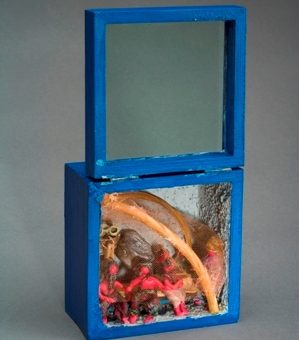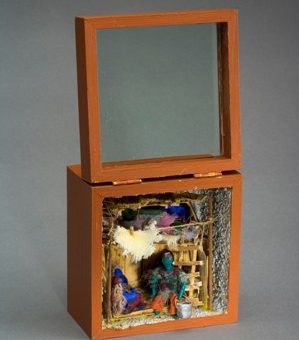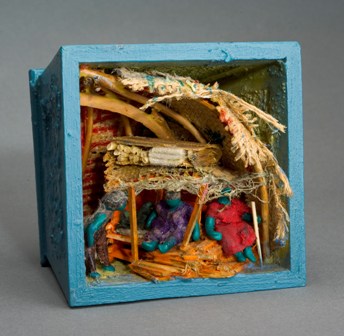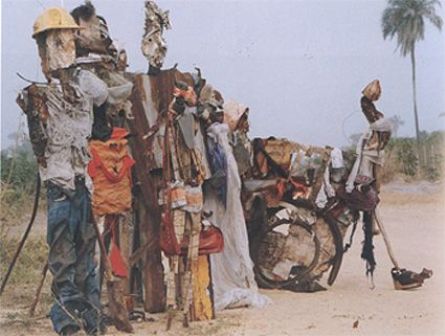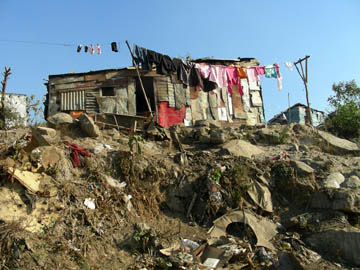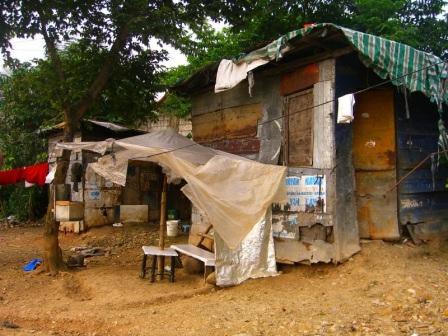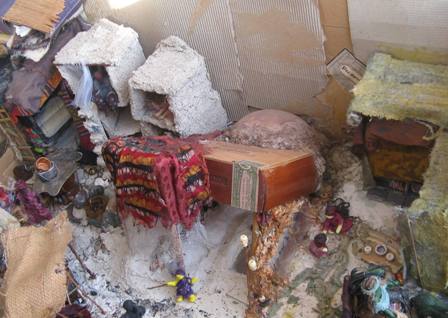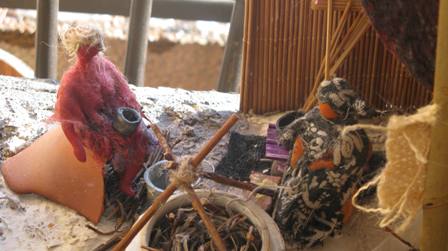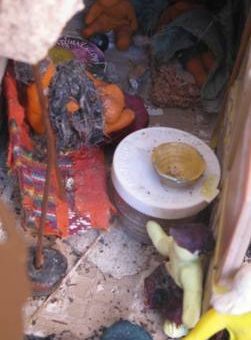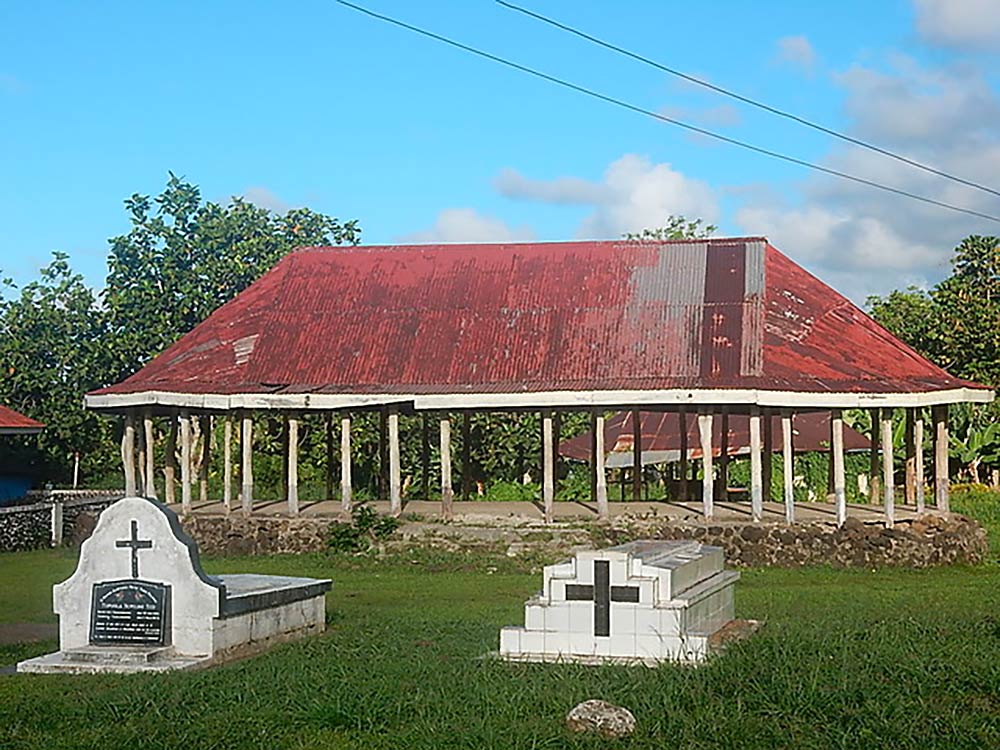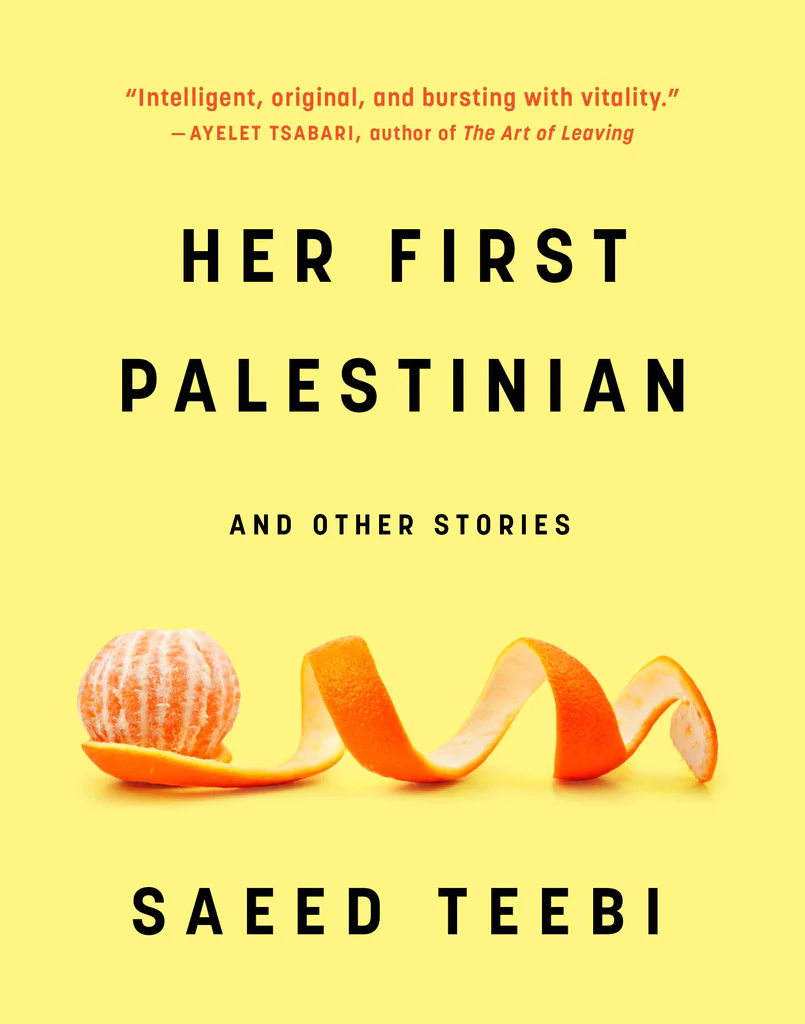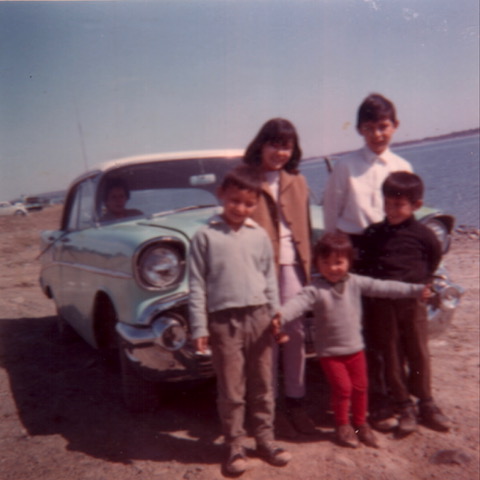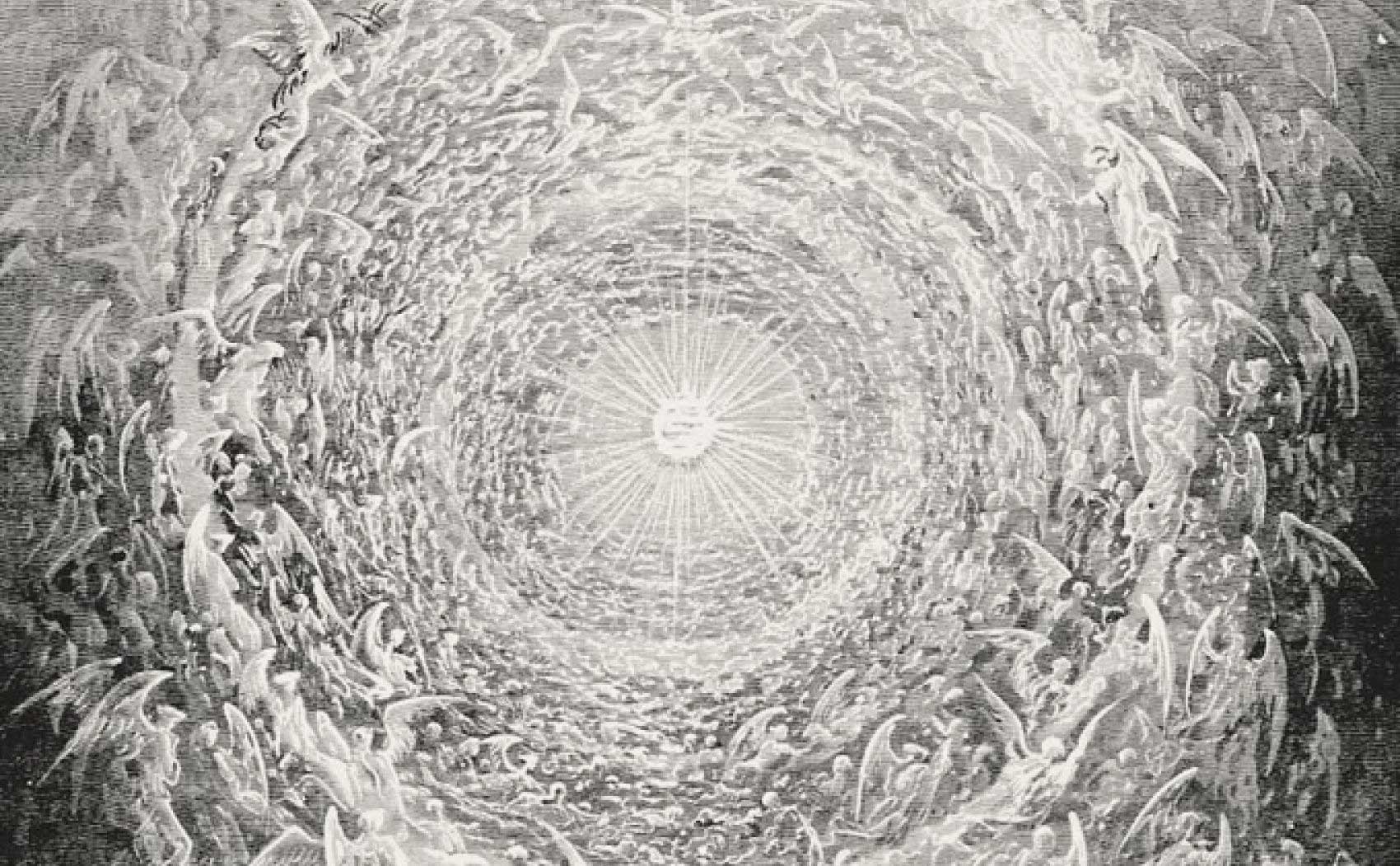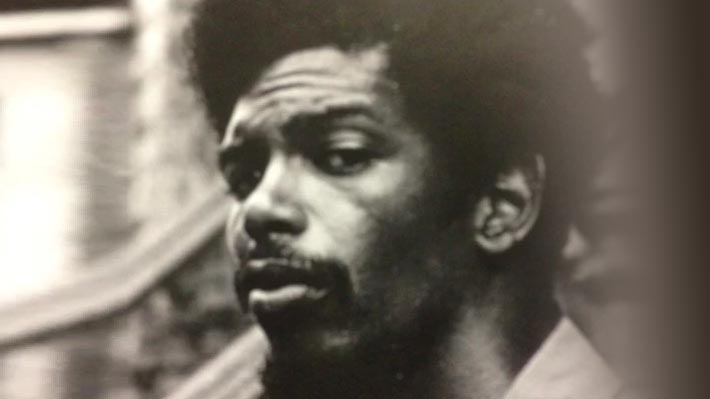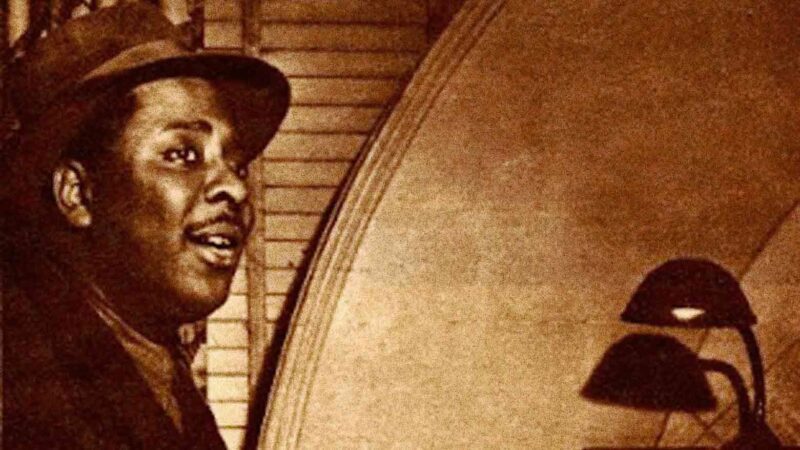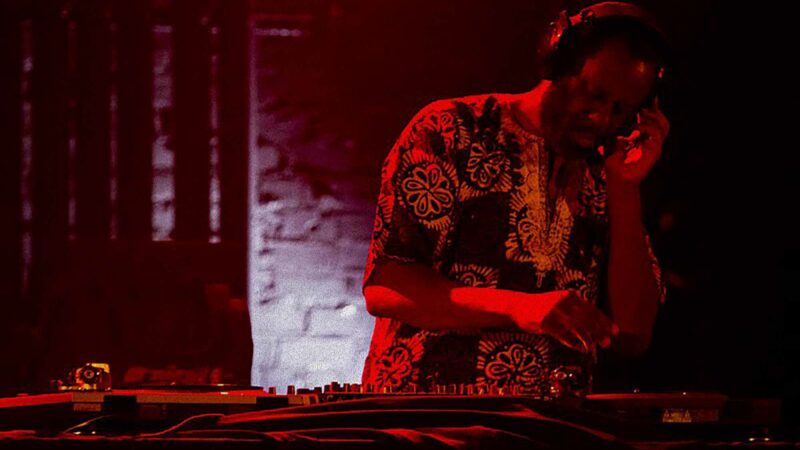I almost took a Sculpture class once. The first assignment which was to create an outdoor installation and my idea was to address the manner in which a person who lives on the street becomes perceived as being of the streets, like an organic part of the urban landscape. I propped up a stuffed human form dressed in old clothing in a corner, almost camouflaged amid discarded materials and garbage bags. Unfortunately, it was “not art” and I ended up leaving the class, but I did continue to think about the spatial relationships between people and the materials they use and discard.
A few years later, I watched a television documentary about people who live and work in a Mexico City garbage dump. People who work in the dumps wading through the garbage and collecting and sorting recyclable materials to sell are referred to as the pepenadores, ‘the garbage people’. Thousands not only work but live in the dumps, building their homes out of and on top of garbage. In the documentary a woman showed a reporter how she had organized and decorated her small dwelling, built of cardboard and scraps of metals and plastics. She was hospitable and welcomed the guest and cameras into her space.
All over the world, -from Mexico to Manila, Philippines to Itipini, South Africa to Olinda, Brazil; from Bangkok, Thailand to Port au Prince, Haiti, to Phnom Penh, Cambodia, to Managua, Nicaragua; and from Mumbai, India, to Cairo, Egypt to Tegucigalpa, Honduras to Bulawayo, Zimbabwe, -people live and children are born in garbage dumps, living their lives as society’s discarded material. The very definition of garbage, includes reference to people who are considered “totally worthless”. The literal distinction then, between a discarded refrigerator and the person sleeping in it in a garbage dump does not exist. Likewise, the distinction I had attempted to address in the sculpture class, between inanimate and living urban refuse. Apparently, human worth, -the moral and social value of every person- is not a given. Those who live in the assigned residential spaces are people; those who do not are somehow different. As if the unstable spaces they occupy interact with their bodies, disrupting the boundary between what is interior and exterior, and creating such species as garbage-people.
I began to construct the Study for Berth Series as a response to what I had learned. I found referring to the space on which the Study was being built as a garbage dump problematic and began calling it ‘the village’; not to deny the location, but to acknowledge a space where people live together as a community. The documentary and subsequent research had left me pondering the human drive to organize and decorate the spaces in which we live, and the role this ordering plays in defining a space as “home”. I had recently been told that a family member “did not have an address” and was living in his car in a major American city. I wondered; is not having an address the same thing as being homeless? What qualifies as a ‘home’? And how does having a particular kind of ‘home’ protect us from melding with our environment?
I used many personal artefacts in the Study, parting with them and symbolically with various pasts each signified in my life (…a piece of the old such-and-such that so-and-so gave me or that I saved from such and such…). The idea of passing these things on to be recycled by the population of the village added a ritualistic and cathartic element to the project. Reusing the items drained them of their former meanings and I found recycling material culture and giving new life to the fragments as a way of resituating my self in the world.
Eventually the ‘village’ became too crowded, and The Berth Series was born, in a way an expansion from the dump into a shanty town or barrio. I chose the word berth thinking about how each of us are born (birthed) into certain circumstances, with more or less space to manoeuvre and reposition ourselves. We each are assigned a starting berth in the world, and this personal location largely determines the kinds of subjects we become and our possible future locations.
Throughout the series I struggled with a fear of romanticizing poverty, while wanting to capture the beauty of both the strange aesthetic of colourful debris and of the human interaction and daily living that was taking place within each space. I was mindful of coveting an imagined non-industrial, non-materialistic, indigenous culture. Working with the individual berths quite different than the village; it felt as though there had been a growth and fragmentation, and that the berths represented a new form of alienation and containment. Compartmentalizing impoverished people in the margins of society enables us to control how much of them and the reality of their circumstances that we see and likewise, most of the berths have lids that can close and safely suppress, if not conceal the contents. Viewers have to get close to the berth, repositioning either themselves or the berths in order to truly gaze at the colourful people going about their lives inside.
Sieglinde Lemke has argued that a diaspora aesthetic (referring to the African Diaspora) is concerned with the dialectic of the ‘home’ and the ‘host land’, and often reflects a nostalgic yearning for diasporic roots[i]. This frame can be applied to the Berth Series in that the work reflects such nostalgia and concern with ‘home’ and homelessness, but the success of the work remains questionable. Several viewers have commented that they would like to live in a particular berth, suggesting that I captured something desirable in the berths, -perhaps a sense of communalism,-but not the stark, toxic reality of living amid garbage. The one time the Series was exhibited feedback included one viewer who wished she had the outfit one of the figures in a berth was wearing, and another that felt it was a shame that the berths were ‘such dreary colours’. In the way these comments suggest, I have found that especially treated individually, the berths are too easy to treat like decorative little underdeveloped doll houses. They need the strength of their numbers to make a statement, so the twenty-four berths should have been attached together. To exhibit them again I would use no less than one hundred, precariously stacked and attached to one another on a mound of rotting garbage.
I have found traces of the ideas behind both my attempted outdoor installation and The Berth Series realized with great success in the work of Nigerian artist Dilomprizulike, “The Junkman from Africa”, and therefore conclude this reflection with a brief discussion of his work. Dilomprizulike builds assemblage people out of ‘junk’ and old clothing that he finds in his environment. He lives with his family on an isolated compound in Lagos called the Junkyard, where he runs the Junkyard Museum of Awkward Things and now offers studio spaces, artist in residency and international exchange programs. For Dilomprizulike “The junkyard is a heap of things that we call junk, but really, a heap of materials that tell stories, just like Lagos is a heap of human beings, cars and stuff that tell stories as well.”[ii]
Dilomprizulike was born Dil Humphrey-Umezulike. He explains that his name Dilomprizulike is an icon, and that an icon “is defined as the significance or the meaning of a thing.”[iii] His comment recalls the weight attached to naming in African cultural traditions, and in naming himself the “Junkman from Africa” he assigns himself the role of junk-keeper, while at the same time flirts with the identity of junk-man, like the pepenadores in the Mexican dump. He refers to his name as the meaning of a thing rather than of a person, thus blurring the boundary between himself and his junk. For Dilomprizulike, the meaning of his life lies in his role as Junkman; not just any Junkman, but The Junkman from Africa. At a 2005 exhibition Dilomprizulike commented that contents of the rucksack worn by one of his figures are “pointers to what is happening in his life”. When asked “who is he?” the Junkman answered “He is one of us.”[iv]
Dilomprizulike’s assemblage installations refer to what he describes as “the alienated situation of the African in his own society” and remind us that African dislocation and fragmentation exists within the continent as well as without. The artist explains: “The alienated situation of the African in his own society becomes tragic. There is a struggle inside him, a consciousness of living with the complications of an imposed civilisation. He can no longer go back to pick up the fragments of his father’s shattered culture; neither is he equipped enough to keep pace with the white-man’s world.”[v] As has been noted elsewhere, Dilomprizulike’s description of the struggle to achieve balance “between the Nigerian city-man and his bruised knowledge of his authentic roots”[vi] echoes Frantz Fanon’s analysis of black alienation resulting from colonialism and the legacy of the colonial encounter.[vii]
Dilomprizulike’s figures appear to be of the environment in which they are installed and also appear to be of one another. As artist Uchechukwu James-Iroha has put it in reference to Dilomprizulike’s 2003 “Waiting for the Bus” (shown), the work seems to be one piece “broken into individual, but very organized bits”.[viii] The achievement of this sense of oneness creates the sense that the figures exist and move communally, in this case waiting together for the bus “to the promised land, in the form of economic prosperity, development and better lives.”[ix]
And perhaps to ward against any nostalgic Western pining (diasporic or otherwise), on being asked if he feels an association with the figures waiting for the bus, Dilomprizulike’s response is that “The work – as pieces, individuals or as a whole – are living their own lives, we are watching them. There are no sentiments about them.”
[i] Lemke (2008) “Diaspora aesthetics: exploring the African diaspora in the works of Aaron Douglas, Jacob Lawrence and Jean-Michel Basquiat” in Kobena mercer, ed. Exiles, Diasporas and Strangers
[ii] Dilomprizulike quoted in Wood, Molara (2005) “Dilomprizulike: Wear and Tear”, The Gaurdian, Nigeria Retrieved 31-07-2009 from: http://www.odili.net/news/source/2005/apr/17/1.html
[iii] Dilomprizulike, quoted in “Dilomprizulike: The ‘Junkman From Africa’ (Nigeria)”, in Spring, Chris (2008) ANGAZA AFRICA: African Art Now. Exh. Cat. Laurence King Publishing Ltd., London. p. 92.
[iv] Wood, Molara (2005)
[v] Dilomprizulike (2002) Africas: The artist and the City: A journey and exhibtion”, quoted in “Biographical data: Dil Humphrey-Umezulike”, African Success: People changing the face of Africa. Retrieved 31-07-2009 from: http://www.africansuccess.org/visuFiche.php?id=165&lang=en
[vi] Africa Remix: Contemporary Art of a Continent (2005), Teachers’ package. Hayward Gallery, South Bank Center, London. Retrieved 31.07.2009 from: http://www.southbankcentre.co.uk/minisites/africaremix/source/AfricaRemix.pdf
[vii] “Biographical data: Dil Humphrey-Umezulike”
[viii] Quoted in Wood (2005)
[ix] ibid
All works below by rosalind hampton except Image 5 and 12. These works are by by Dilomprizulike.
- Berth 4 of 24 by rosalind hampton
- Berth 9 of 24 by rosalind hampton
- Berth 14 of 24 by rosalind hampton
- Berth 23 of 24 by rosalind hampton
- Waiting for the bus – 2003 by by Dilomprizulike
- Itipinis, South Africa
- Payatas – home
- Phnom Penh, Cambodia
- Study for berth by rosalind hampton
- Study for berth – detail by rosalind hampton
- Study for berth Detail 2 by rosalind hampton
- The Face of the city by by Dilomprizulike
